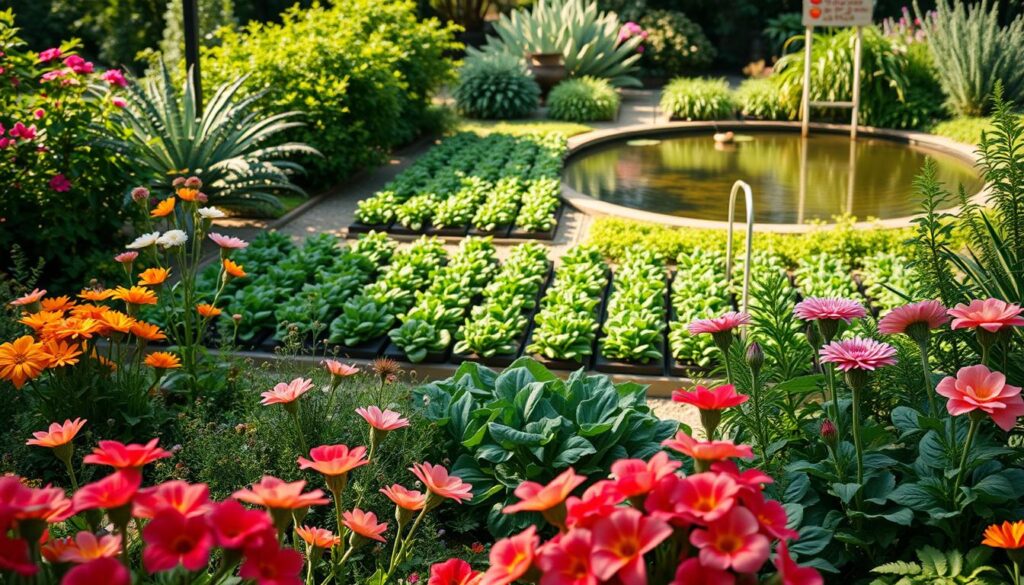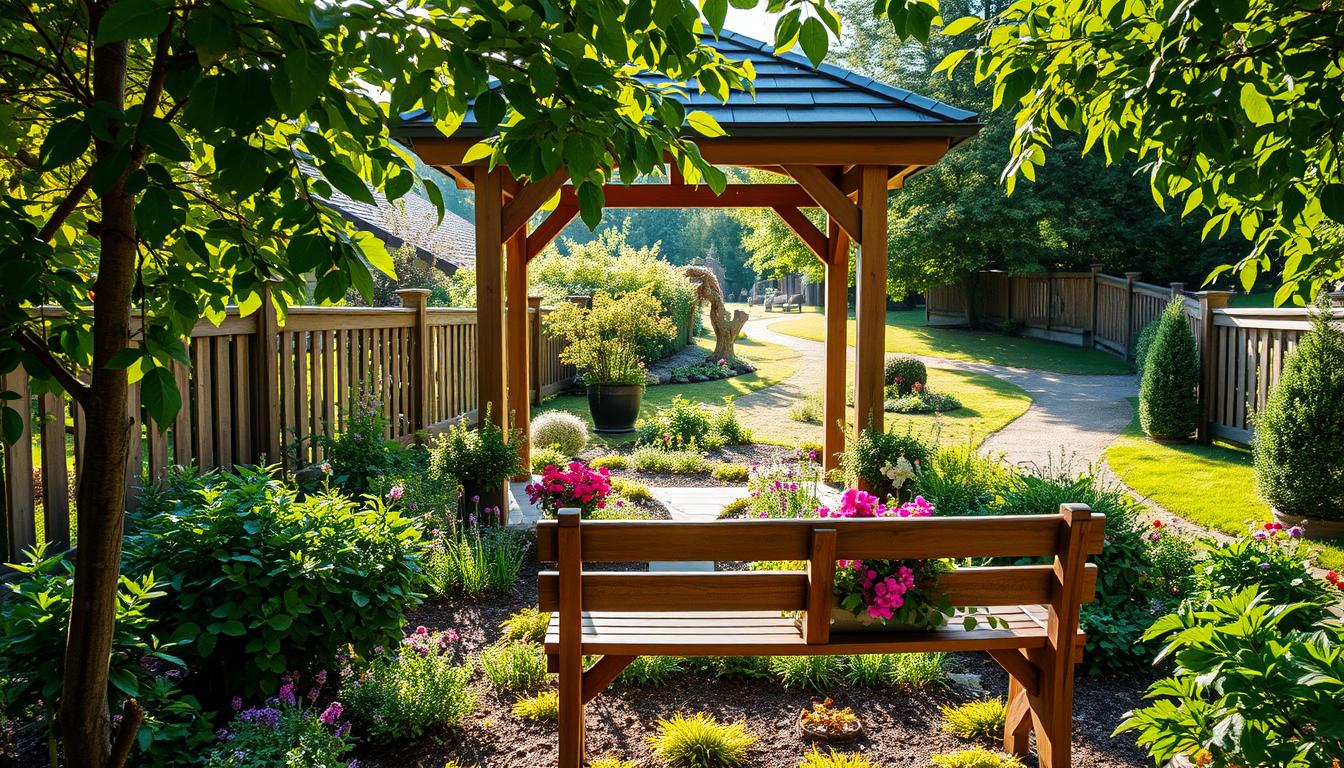Are you ready to transform your outdoor space into a thriving oasis? Whether you’re a seasoned gardener or just starting, having a planner can make all the difference. Introducing a 38-page customizable garden planner, designed to help you organize and visualize your dream space. Created by an experienced gardener and artist at Paint Water Farm, this tool is perfect for tracking perennials, vegetables, herbs, and flowers.
This binder system grows with your garden year after year, offering reusable pages for endless planning. It includes sections for dream garden visualization and practical tracking, making it a must-have for anyone passionate about gardening. Not only does it help you stay organized, but it also connects you to the creative and mental wellness benefits of nurturing plants.
Ready to dive in? Explore this resource and discover how it can simplify your life. For more inspiration, check out companion blog posts about garden journals and artist friends’ gardens. Let’s make your outdoor dreams a reality!
Key Takeaways
- 38-page customizable planner designed for gardeners of all levels.
- Includes sections for tracking perennials, vegetables, herbs, and flowers.
- Reusable pages allow for year-after-year planning.
- Helps visualize dream gardens while staying organized.
- Connects gardening to creativity and mental wellness.
Why You Need a Free Garden Planner PDF
Take the guesswork out of gardening with a reliable planning system. A well-designed tool can help you stay organized, save time, and achieve your dream outdoor space. Whether you’re a beginner or an experienced gardener, having a structured approach makes all the difference.

Simplify Your Garden Planning Process
Say goodbye to chaotic seed packet piles and hello to an organized binder system. With templates for indoor and outdoor scheduling, you can reduce errors and ensure your plants thrive. Frost date calculators help you avoid costly timing mistakes, while gridded mapping pages prevent overcrowding.
Visualize Your Dream Garden
Imagine transforming your outdoor area into a lush, vibrant space. The planner includes gridded pages for designing garden bed layouts, ensuring every plant has room to grow. Color-coding systems make it easy to track crop rotation and maintain healthy soil.
Save Time and Stay Organized
Busy spring planting? No problem. Shopping list templates streamline nursery trips, and reusable pages allow for year-after-year planning. One user reported saving 5 hours weekly on garden tasks, thanks to this efficient system.
| Feature | Benefit |
|---|---|
| Gridded Mapping Pages | Prevents overcrowding and ensures proper plant spacing |
| Frost Date Calculators | Avoids costly timing mistakes |
| Shopping List Templates | Streamlines nursery trips |
| Color-Coding System | Simplifies crop rotation tracking |
Ready to take your gardening to the next level? Explore more tips and resources at New Gen Living and start planning your best season yet!
How to Use a Free Garden Planner PDF Effectively
Maximize your planting success by organizing every detail in one place. A well-structured guide helps you plan your outdoor space efficiently, ensuring every seed has the right place to thrive. Let’s dive into the steps to make the most of your plan garden tool.

Setting Goals for Your Garden
Start by determining your USDA zone. This helps you choose plants that thrive in your climate. Set clear goals—whether it’s growing fresh herbs, colorful flowers, or a bountiful vegetable patch. A plan keeps you focused and ensures you make the most of your time and resources.
Mapping Out Your Garden Beds
Use gridded pages to design your beds. This prevents overcrowding and ensures proper spacing for each plant. Square-foot gardening templates are a great way to optimize space. For example, tomatoes need 1 square foot per plant, while carrots can be planted closer together.
Tracking Planting and Harvesting Schedules
Stay on top of your spring planting with a color-coded calendar. Track seeds and their viability—F1 hybrids vs. heirlooms. Use succession planting templates for continuous harvests. Here’s a quick example:
- Calculate last frost dates using the USDA zone finder.
- Fill out a tomato rotation schedule for optimal growth.
- Use a code system to track seed types and planting dates.
“Organization is the key to a thriving outdoor space. A clear plan saves time and reduces stress.”
Pro tip: Use page protectors for weatherproof garden-side use. Trusted sources like Botanical Interests and Johnny’s Seeds offer high-quality seeds for your projects. With these tools, you’ll have everything you need to create a flourishing outdoor area.
Tips for Successful Garden Planning
Unlock the full potential of your outdoor space with smart planning strategies. Whether you’re a beginner or an experienced gardener, these tips will help you create a thriving and organized area. Let’s explore how to choose the right plants, adapt to seasonal changes, and keep detailed records for future success.

Choose the Right Plants for Your Space
Start by understanding your space. Use sun mapping techniques to identify areas with full sun, partial shade, or full shade. This helps you select plants that thrive in your specific conditions. For example, tomatoes need at least 6 hours of sunlight daily, while lettuce grows well in shaded areas.
Consider interplanting quick-growing radishes with slower-growing tomatoes. This maximizes space and ensures a continuous harvest. A case study showed that tracking rainfall increased carrot yields by 40%, proving the value of detailed planning.
Plan for Seasonal Changes
Adapting to the seasons is key to a successful outdoor space. Use the 3-season success formula: 60% spring crops, 30% summer, and 10% fall. This ensures a balanced and productive area throughout the year.
Implement a 7-year crop rotation plan to prevent soil diseases and maintain healthy beds. For example, rotate legumes with leafy greens and root vegetables. This practice keeps your soil nutrient-rich and reduces pest issues.
Keep a Garden Journal for Future Reference
Documenting your progress is essential for long-term success. Use journal prompts to track microclimate changes over 5-year periods. This helps you understand patterns and make informed decisions.
Include a soil amendment tracker to monitor pH levels and nutrient content. An example pest log with organic treatment results can also guide future actions. These records ensure your outdoor space continues to thrive year after year.
| Planning Tool | Benefit |
|---|---|
| Sun Mapping | Identifies ideal plant locations |
| 3-Season Formula | Balances crop distribution |
| 7-Year Rotation | Prevents soil diseases |
| Journal Prompts | Tracks microclimate changes |
By following these tips, you’ll create a flourishing outdoor space that brings joy and productivity to your life. Happy gardening!
Download Your Free Garden Planner PDF Today
Ready to take your outdoor space to the next level? This comprehensive tool is designed to help you organize, plan, and grow your dream area with ease. Whether you’re working with a small balcony or a large plot, this resource has everything you need to succeed.

What’s Included in the Planner
This 38-page guide is packed with features to simplify your process. Here’s what you’ll find:
- Gridded Mapping Pages: Perfect for designing layouts and ensuring proper spacing.
- Frost Date Calculators: Avoid costly timing mistakes with accurate planting schedules.
- Customizable Sections: Remove herb pages if you’re only growing vegetables.
- Reusable Pages: Plan year after year without starting from scratch.
Compared to competitor’s 19-page versions, this planner offers double the content and flexibility.
How to Print and Organize Your Planner
Printing and organizing your planner is simple. Here’s a cost comparison:
| Printing Option | Cost |
|---|---|
| Home Printer | $10 (ink and paper) |
| Office Store | $15 (binding included) |
For durability, use Avery Heavy Duty Sheet Protectors or opt for print shop binding. Tabbed sections make it easy to navigate, and snapping photos of pages ensures you’re organized even on the go.
Start Planning Your Best Garden Yet
Scale your plans from balcony containers to acre plots with ease. Use the gridded pages to design layouts that suit your space. For example, tomatoes need 1 square foot per plant, while carrots can be planted closer together.
As a bonus, you’ll get free access to an upcoming companion planting webinar. Scan the QR code below for a video tutorial on using the templates effectively.
“A well-organized plan is the foundation of a thriving outdoor space.”
For more tips on getting started, check out this beginner’s guide. Happy planning!
Conclusion
Transform your outdoor dreams into reality with a simple, organized approach. Many gardeners have gone from feeling overwhelmed to confidently managing their space, with 78% reporting improved harvests in their first year. Start small by focusing on three priority plants to build momentum and confidence.
Share your progress with the community using #MyPlannerProgress and inspire others on their gardening journey. Don’t forget to sign up for our newsletter to access exclusive crop rotation templates and other valuable resources.
Imagine the joy of harvesting your first sun-warmed tomato from a well-planned garden. With lifetime access to updated versions of this tool, you’ll always have the support you need to grow your best life outdoors. For more tips, explore our posts on preserving harvests and garden-to-table recipes.

